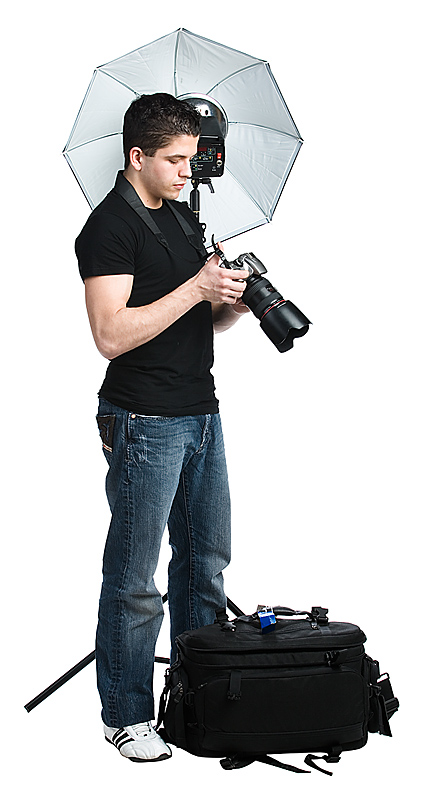
|
|
What you need to know about lighting with digital video

We've all seen the effects of lighting when watching a homemade video.If the sun is directly in the faces of the participants, they can look faded to the point of white.Alternately, if the camera is pointing into the sun, peoples with their backs to the sun turn into faceless shadows.The right lighting can mean the difference between a "homemade" look and a professional look to the video.If the light is just right, the subjects will be clear and the colors will look crisp.Here are a few things that you should know about lighting with digital video to make sure that you always produce high quality videos.
|
|
The video recorder will "read" the lightest area in the frame.The light read works just like the focus feature, except for that it deals with light.When you focus on an item, the other items that are farther away or closer than the focus aren't as clear.When your camera reads the lightest areas in the frame, it adjusts to that amount of light.This means that if you have a white wall in your frame, everything else will appear dark because the iris in the camera will close to only let in a little light.To avoid getting a bad light reading from your camera, it is best to avoid light backgrounds like white walls and even the bright blue sky.
Light is your friend.Having a light background and having a lot of light are two different things.While you want to avoid having bright backgrounds, you want to have your frames as well lit as possible.The key is lots of light but a dark background.The outdoor lighting is awesome; you just have to be smart.For example, shoot your subjects in a shady area while taking advantage of the sunlight behind you.The same is the case if you are shooting inside, you need to let in the natural light, while not placing your subjects directly in it.
Using artificial light.If you are shooting inside, you will probably need additional lighting to get a professional look.There are books that describe the uses of lights in filmmaking.The key is to use two or three different lights.One light provides backlight and another focuses on the subjects.This provides a sharp image of the subject.Using a third light that focuses on the subject from a different distance will cause shadowing that add good texture.This technique is called studio lighting and it is a professional lighting set up.
The angle of the key lights determines the definition in the picture. If you are using a two or three light set up, moving the lights that are focused on the subject farther to the left or right will allow you to see more definition in the picture.That means that you will be able to see blemishes and wrinkles better.To soften the skin and show less features you can move the key lights to a more direct angle.
Don't mix your lighting methods.If you are going to use electric lighting, you should try to eliminate the natural lighting.Natural and electric lights travel at different speeds and the combination of the different light sources can combine to make unnatural looking colors.You can get greenish hues to people or the colors might grey out and become indistinct.It is a good idea to do a practice run of any lighting situation to see how the colors are going to appear on the video when it is produced.
Experiment with the lighting.The best way to create mood and feeling in your video is with lighting.You can experiment with light when you are shooting and you can also experiment with different lighting options during the editing process.
Privacy Policy, Terms of Use